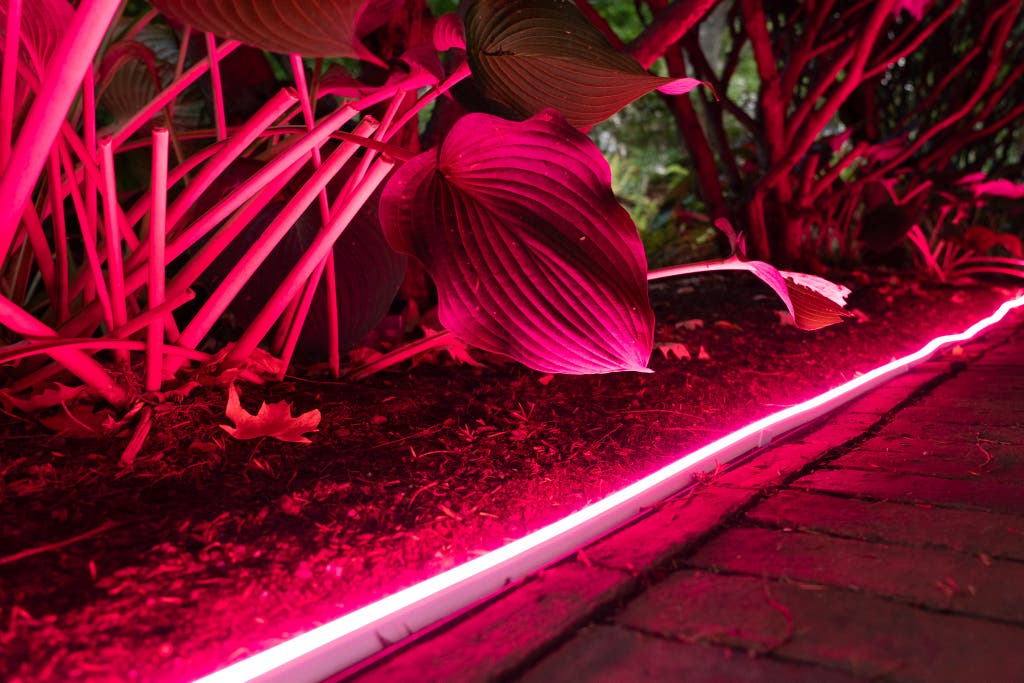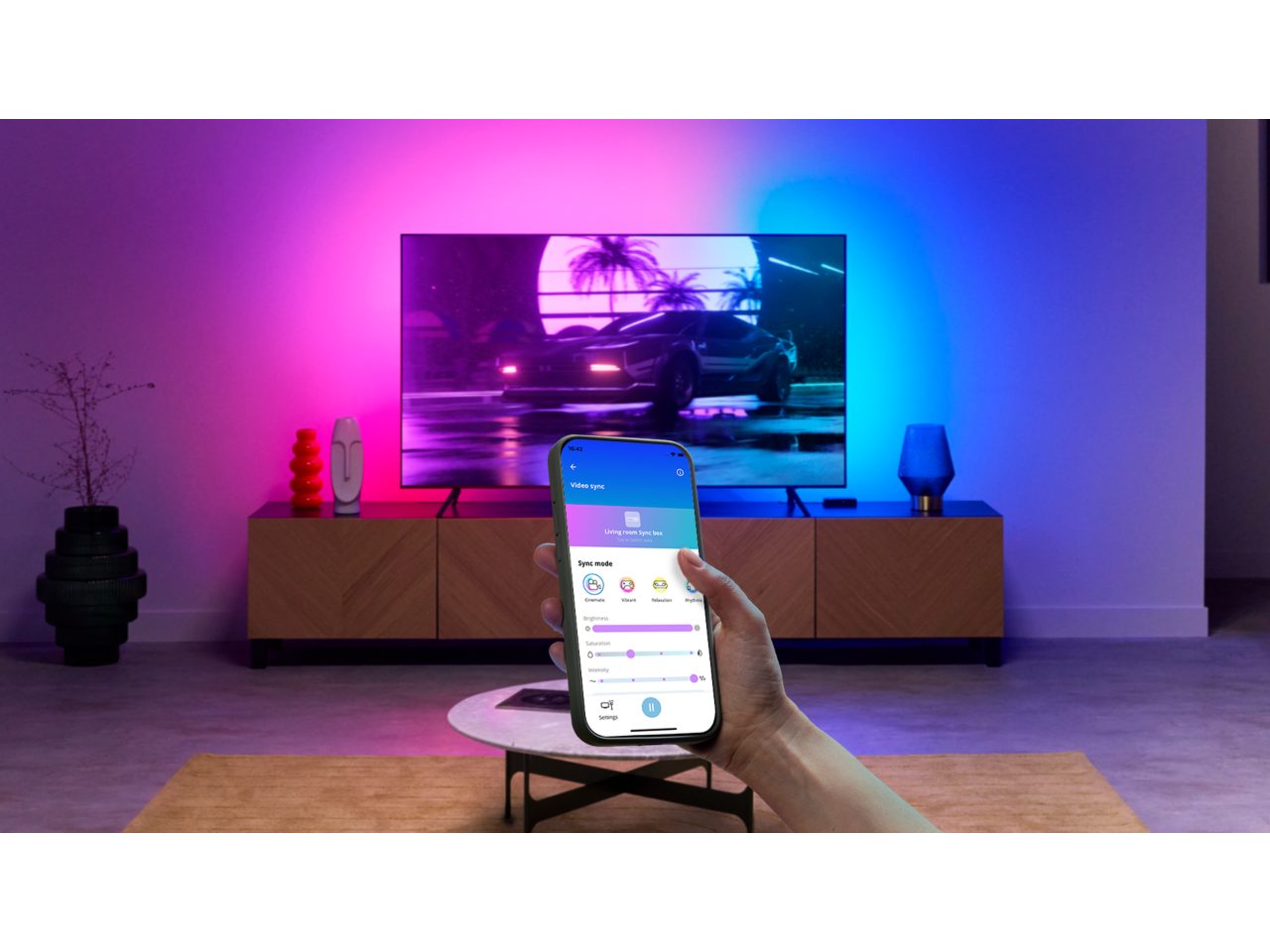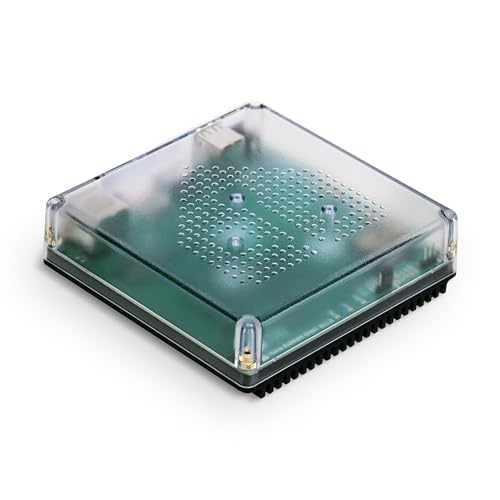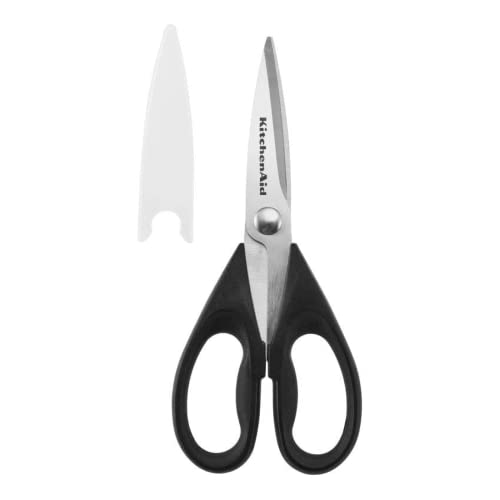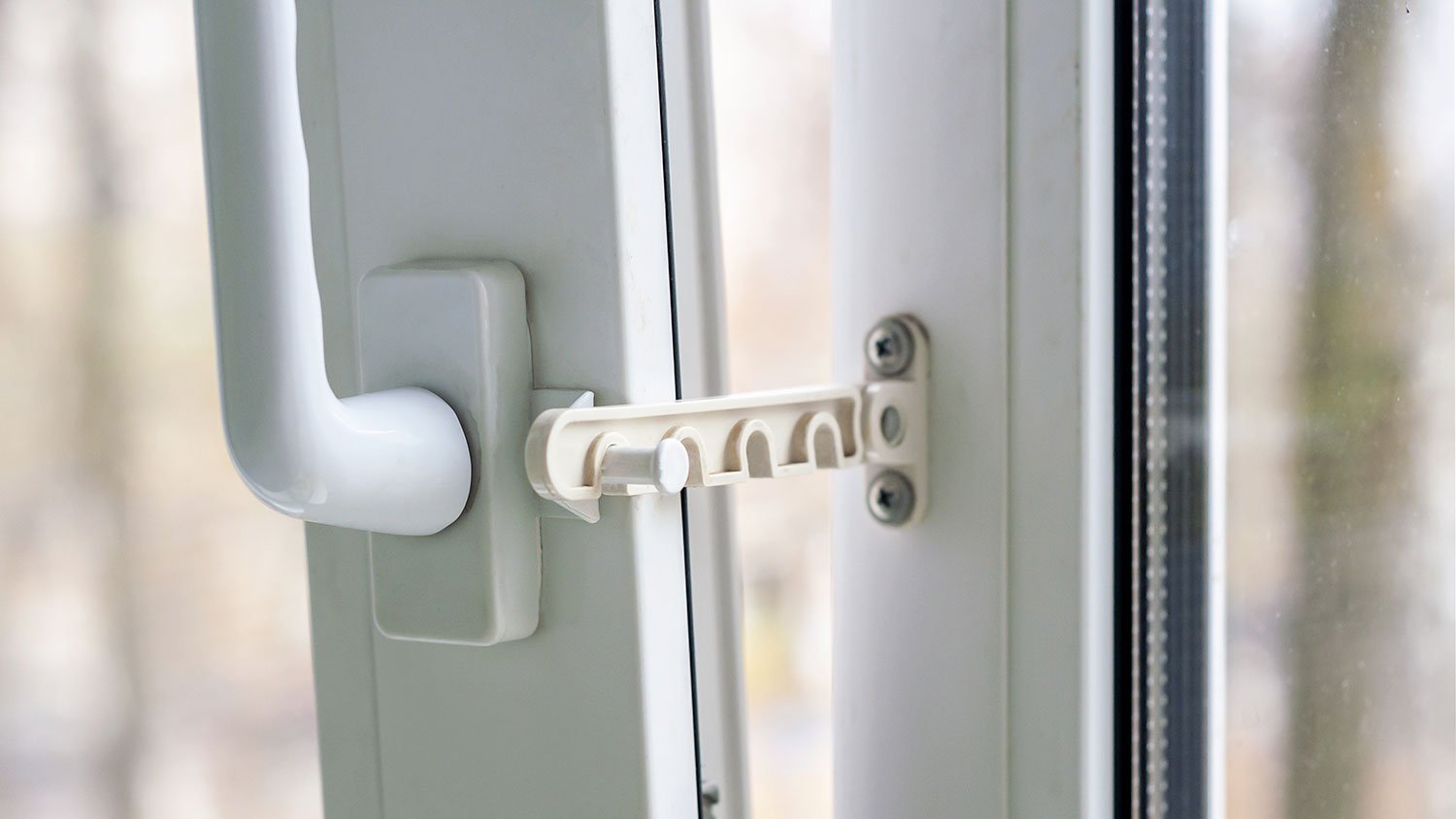Imagine waking up to find water flooding your home while you were fast asleep. Terrifying, right?
You don’t have to live with that worry anymore. With DIY smart home water leak sensors, you can protect your space and save yourself from costly damage. These simple devices alert you the moment a leak starts, giving you the power to act fast.
You’ll discover how easy it is to install your own smart sensors and keep your home safe. Ready to take control and stop leaks before they ruin your day? Keep reading to learn how.

Credit: www.youtube.com
Why Water Leak Sensors Matter
Water leaks can cause serious damage to your home. Detecting leaks early can save money and stress.
DIY smart water leak sensors help you find leaks fast. They alert you before damage gets worse.
Common Causes Of Home Water Damage
Water damage often starts with simple problems. Pipes, appliances, and weather can all cause leaks.
- Broken or burst pipes
- Faulty washing machines or dishwashers
- Clogged or damaged gutters
- Leaking water heaters
- Roof leaks during heavy rain
- Cracked foundations or walls
Knowing these causes helps you spot risks in your home. Sensors can alert you to many of these issues.
Costs Of Water Leaks Without Detection
Undetected leaks cause serious damage over time. Repair costs and damage can be very high.
Water damage can ruin floors, walls, and furniture. Mold growth may also cause health problems.
- Repairing walls and floors can cost thousands
- Replacing damaged furniture adds extra expenses
- Mold removal and health treatments increase costs
- Higher water bills from leaks waste money
- Insurance claims may increase premiums
Types Of Smart Water Leak Sensors
Smart water leak sensors help detect water leaks early. They protect your home from water damage.
There are different types of sensors. Each type works best in certain situations.
Wired Vs Wireless Sensors
Wired sensors connect with cables to a control panel. They offer reliable and constant power.
Wireless sensors use radio signals to send alerts. They are easy to install and move around.
- Wired sensors need professional installation
- Wireless sensors are more flexible
- Wireless sensors use batteries or power packs
Battery-powered Options
Many smart water leak sensors run on batteries. They do not need wires or plugs.
Battery-powered sensors work during power outages. Batteries need changing after some time.
- Use long-life batteries for less maintenance
- Check battery status regularly
- Some sensors have low battery alerts
Sensors With Wi-fi And Bluetooth
Wi-Fi sensors connect directly to your home network. They send alerts to your phone instantly.
Bluetooth sensors work at short range. They are good for small areas or local monitoring.
- Wi-Fi sensors need good internet connection
- Bluetooth sensors save battery life
- Wi-Fi sensors support remote alerts
Key Features To Look For
Smart home water leak sensors help detect leaks early. They protect your home from water damage.
Choosing the right sensor depends on certain important features. These features ensure the sensor works well for your needs.
Leak Detection Sensitivity
Sensitivity is how well a sensor detects water leaks. High sensitivity means it can spot even small leaks.
Good sensors detect leaks quickly to prevent damage. Some sensors let you adjust sensitivity to avoid false alarms.
- Detects small or slow leaks
- Adjustable sensitivity settings
- Works well in different environments
Alert And Notification Systems
Alert systems notify you when a leak is found. Fast alerts help you act quickly to fix the problem.
Look for sensors that send alerts to your phone or email. Some sensors also have loud alarms to warn people nearby.
- Push notifications on smartphones
- Email or text message alerts
- Built-in audible alarms
- Multiple alert options for safety
Integration With Smart Home Platforms
Integration allows sensors to work with other smart devices. It helps you control your home easily from one app.
Choose sensors compatible with popular platforms like Alexa, Google Home, or Apple HomeKit. This adds convenience and more features.
- Works with voice assistants
- Connects to smart hubs
- Enables automation with other devices
- Central control through one app
Tools And Materials Needed
Building a DIY smart home water leak sensor is simple. You need some tools and materials to get started. These will help you detect leaks early and protect your home.
Below are the main parts and tools required to make your own sensor. Each section explains what you need and why.
Sensor Kits And Components
Sensor kits usually include all parts to detect water leaks. They have sensors that sense moisture and send alerts. You can buy ready kits or buy parts separately.
- Water leak sensors (moisture detectors)
- Microcontroller or smart hub (like Arduino or Raspberry Pi)
- Power supply (batteries or adapters)
- Connecting wires and cables
- Enclosure case to protect components
Additional Hardware Requirements
You will need some extra hardware to build and install the sensor. These help with the setup and ensure the sensor works well.
- Screwdrivers and pliers for assembly
- Soldering iron and solder for wiring
- Double-sided tape or mounting brackets
- Multimeter to test electrical connections
- Drill for mounting in walls or floors
Mobile Apps And Software
To monitor your water leak sensor, you need software or an app. These apps show alerts and sensor data on your phone.
- Mobile app for smart home control (iOS or Android)
- Custom software for microcontroller programming
- Wi-Fi or Bluetooth connection setup tools
- Cloud service accounts for remote monitoring (optional)
Step-by-step Installation Guide
Installing smart home water leak sensors helps protect your home from water damage. These sensors detect leaks early and alert you.
This guide shows you how to install your sensors easily and correctly. Follow each step for best results.
Choosing Sensor Locations
Pick places where water leaks are most likely. Good spots include near water heaters, sinks, and washing machines.
Check under pipes and near floor drains. Avoid areas where sensors could get wet from spills or splashes.
- Under sinks and cabinets
- Near water heaters and boilers
- Close to washing machines and dishwashers
- Near sump pumps and floor drains
- Basement corners prone to moisture
Mounting And Connecting Sensors
Attach the sensors to a dry, flat surface close to the leak points. Use screws or adhesive pads that come with the sensor.
Connect the sensors to your smart home system using Wi-Fi or a hub. Follow the manufacturer instructions for pairing.
- Clean the mounting area before attaching
- Place sensors on the floor or low walls
- Ensure sensors are near power sources if needed
- Follow pairing steps in the sensor manual
- Test connections before finalizing
Setting Up Alerts And Testing
Configure your app or smart home system to send alerts. Choose how you want to be notified, such as phone or email alerts.
Test each sensor by simulating a leak. Use a small amount of water near the sensor to check alert response.
- Open your sensor app and enable notifications
- Set alert preferences for each sensor
- Place water near the sensor to trigger it
- Confirm you receive the alert promptly
- Fix any sensor or connection issues
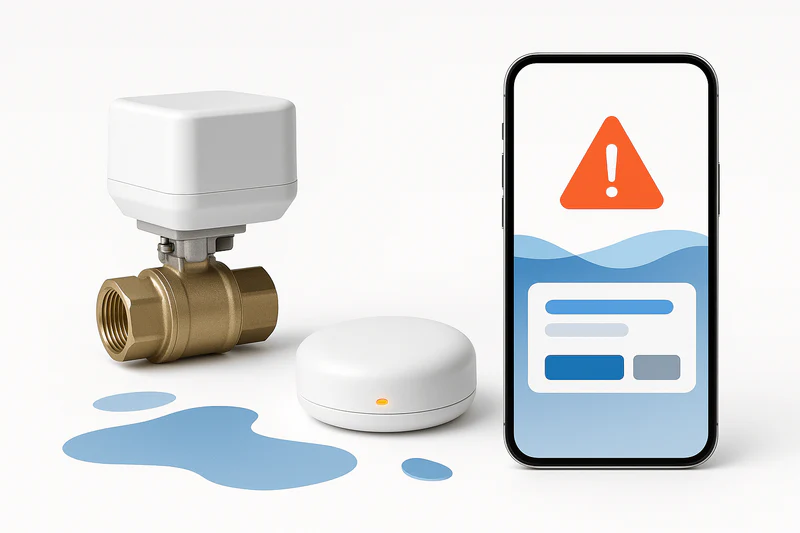
Credit: z-wavealliance.org
Maintaining And Troubleshooting Sensors
Smart home water leak sensors need care to work well. Checking them often helps catch problems early.
Fixing small issues can stop bigger water damage in your home. Knowing how to maintain and troubleshoot saves time.
Battery Replacement Tips
Replace the battery as soon as the sensor’s signal gets weak. A fresh battery keeps the sensor active and reliable.
Use the correct battery type shown in the sensor manual. Some sensors need specific sizes or brands.
- Turn off the sensor before replacing the battery.
- Remove the old battery carefully to avoid damage.
- Insert the new battery with the right polarity (+ and -).
- Turn the sensor back on and test it.
- Check battery life every few months.
Common Issues And Fixes
Sensors may stop working due to dirt or water on the sensor contacts. Cleaning them often solves this.
False alarms can happen if the sensor is too close to water splashes or humidity. Moving it helps.
- Clean sensor contacts with a dry cloth.
- Check for loose wires or connections.
- Reset the sensor if it won’t respond.
- Make sure the sensor is in a dry, safe spot.
- Replace the sensor if it is damaged.
Firmware Updates And Support
Keep the sensor’s firmware updated for best performance. Updates fix bugs and add new features.
Check the manufacturer’s app or website for update instructions. Follow the steps carefully to avoid errors.
- Connect the sensor to your Wi-Fi or Bluetooth.
- Open the app and find the update option.
- Download and install updates when available.
- Restart the sensor after updating.
- Contact support if updates fail or cause problems.
Enhancing Protection With Automation
Smart home water leak sensors help protect your home from water damage. They detect leaks early and alert you quickly.
Automation adds extra safety by responding to leaks without waiting for you. This reduces damage and saves money.
Integrating With Shutoff Valves
Smart water leak sensors can connect to automatic shutoff valves. When a leak is detected, the valve closes to stop water flow.
This integration prevents water damage by cutting off water quickly. It works even if no one is home.
- Detect leak with sensor
- Signal sent to shutoff valve
- Valve closes to stop water
- Leak is contained early
Using Voice Assistants
You can link water leak sensors with voice assistants like Alexa or Google Assistant. This lets you check sensor status with voice commands.
Voice alerts can also notify you about leaks. You can ask your assistant to turn off water or check for problems.
- Ask for leak status
- Get voice alerts about leaks
- Control water valves with voice
- Use voice for quick response
Setting Automation Rules
Automation rules help your system act fast. You can set rules to trigger actions when a leak is found.
Rules can include sending alerts, turning off water, and turning on alarms. They make your home safer without manual steps.
- Send phone alerts instantly
- Close water valves automatically
- Turn on sirens or lights
- Log leak events for review
Budget-friendly Sensor Options
Smart home water leak sensors help catch leaks early. They protect your home from water damage.
Many budget-friendly options work well without costing too much. Let’s explore affordable choices.
Affordable Brands And Models
Several brands offer water leak sensors that cost less but still work well. These are good for basic leak detection.
- Wyze Water Leak Sensor – simple and low cost
- Samsung SmartThings Water Leak Sensor – reliable with smart home integration
- Eve Water Guard – easy to use with Apple HomeKit
- Honeywell Lyric Wi-Fi Water Leak and Freeze Detector – includes temperature alerts
Diy Sensor Alternatives
You can build your own water leak sensor with simple parts. This option saves money and is customizable.
Basic DIY sensors use moisture sensors, microcontrollers, and alarms or notifications. Some use Wi-Fi or Bluetooth.
- Moisture sensor connected to Arduino or Raspberry Pi
- Battery-powered sensor with buzzer alarm
- Wi-Fi enabled sensor using ESP8266 chip
- Bluetooth sensor paired with a smartphone app
Cost Vs Performance Considerations
Cheaper sensors may lack some features like smart alerts or battery life. Consider what you need most.
Higher-cost sensors often have better accuracy and smart home compatibility. Balance price with your home’s needs.
| Feature | Budget Sensors | Higher-End Sensors |
|---|---|---|
| Price | Low ($10-$30) | Moderate to High ($40-$80+) |
| Smart Alerts | Basic or none | Push notifications, voice control |
| Battery Life | Months to 1 year | 1-2 years or rechargeable |
| Integration | Limited | Works with Alexa, Google, Apple |
| Accuracy | Good for leaks | High precision sensors |
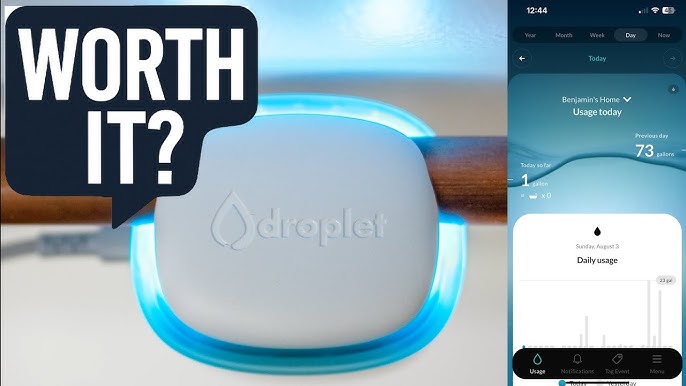
Credit: www.youtube.com
Frequently Asked Questions
What Is A Diy Smart Home Water Leak Sensor?
A DIY smart home water leak sensor detects leaks early and alerts you instantly. It helps prevent water damage and costly repairs by monitoring moisture levels around pipes and appliances.
How Do Diy Water Leak Sensors Connect To Smart Homes?
These sensors typically connect via Wi-Fi or Zigbee to your smart home hub. This allows real-time notifications on your smartphone and integration with other smart devices for automated responses.
Are Diy Water Leak Sensors Easy To Install?
Yes, most DIY sensors are simple to install without professional help. They usually require placing near potential leak sources and connecting to your home network via an app.
Can Diy Sensors Detect Small Leaks Effectively?
Yes, quality DIY sensors can detect even minor water leaks early. This helps prevent extensive damage by notifying you before leaks worsen or spread.
Conclusion
Smart home water leak sensors offer peace of mind. They detect leaks early, preventing costly damage. Installing them is simple and affordable. No need for expert skills. These devices alert you instantly, ensuring quick action. Your home stays safe and dry.
Sensors help save water and money. Enjoy greater security and convenience. Embrace smart technology for a worry-free home. Protecting your home just got easier. With these sensors, you gain control. Act now. Keep your space safe from leaks. A smart choice for every homeowner.
21 min read

